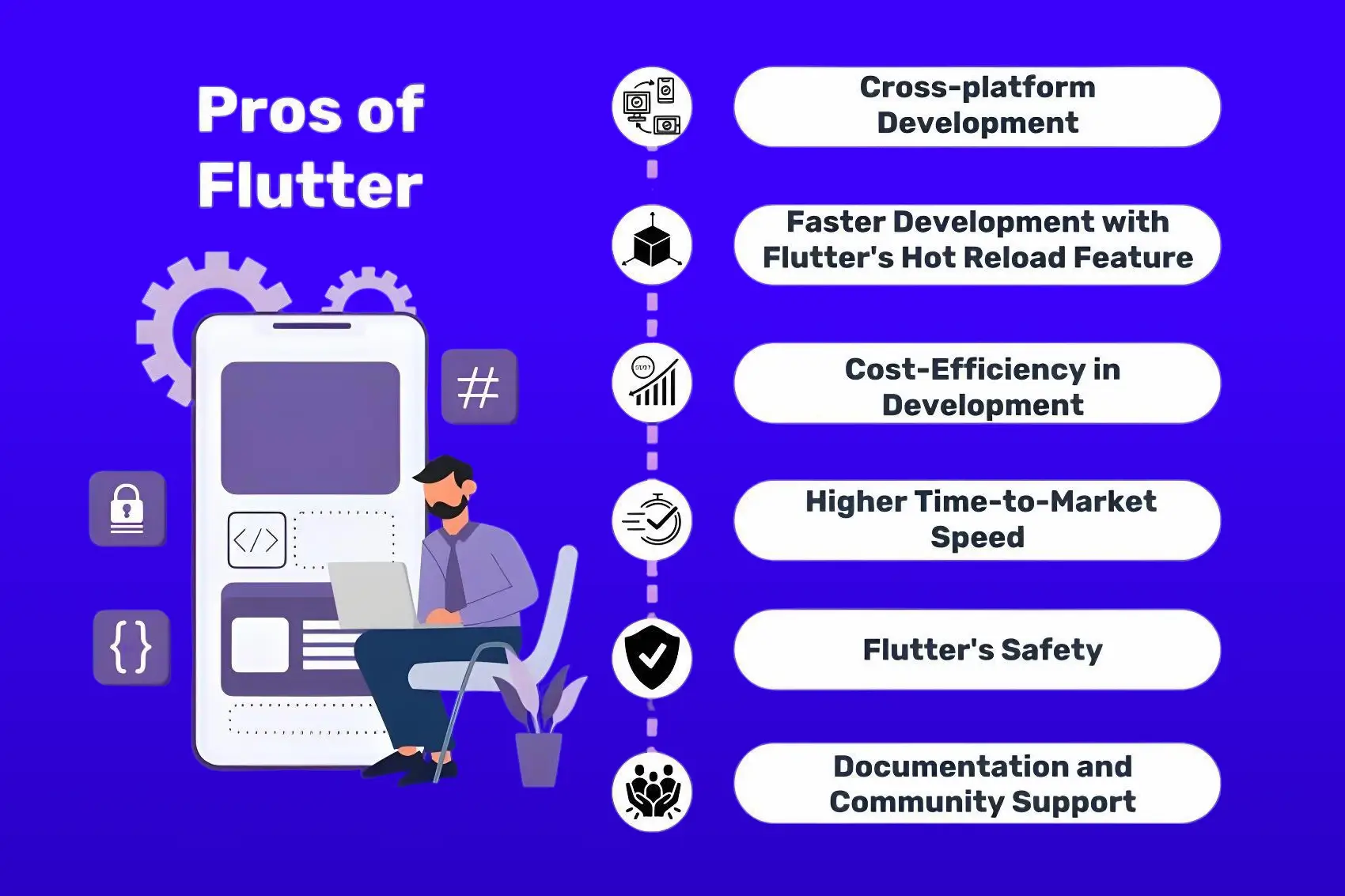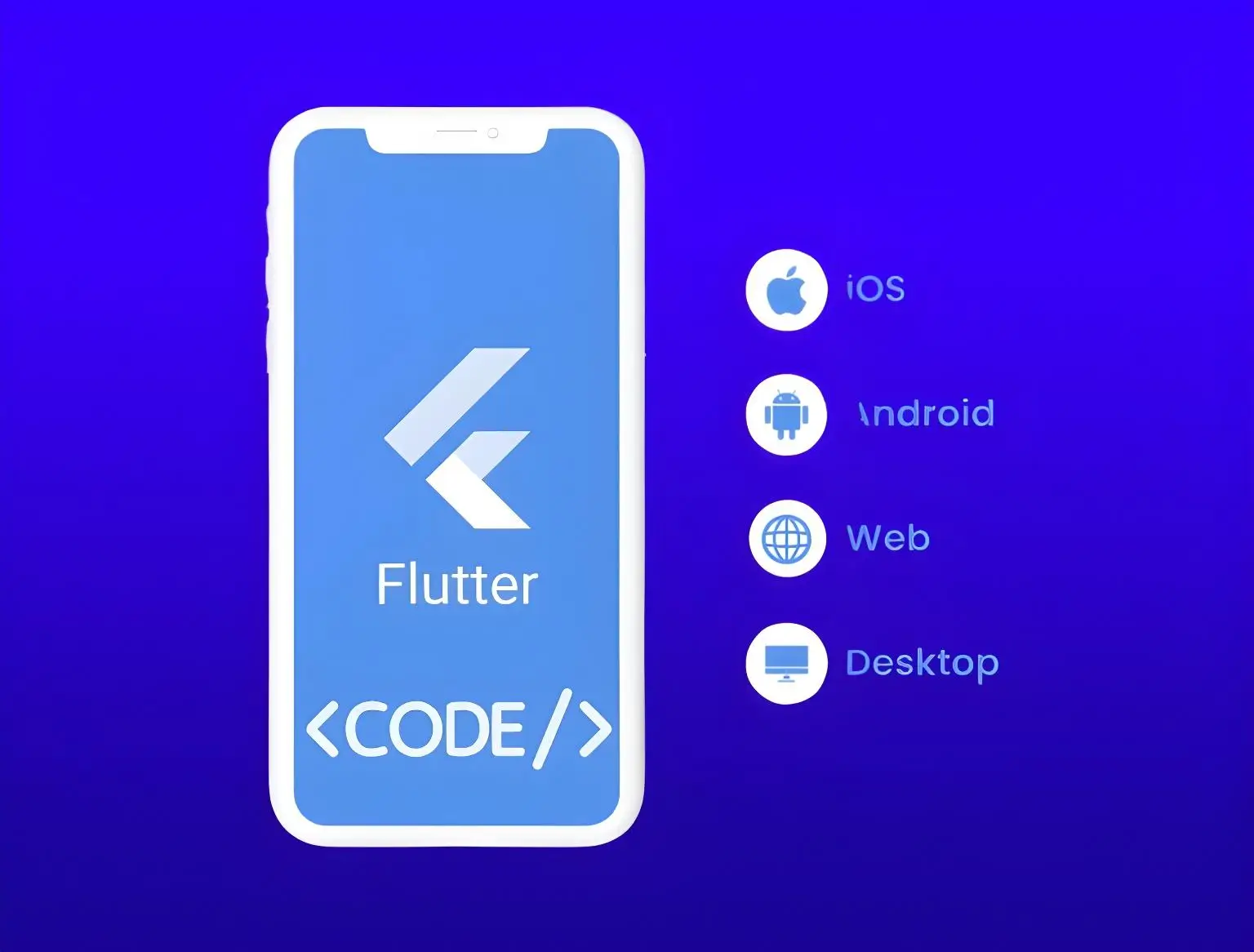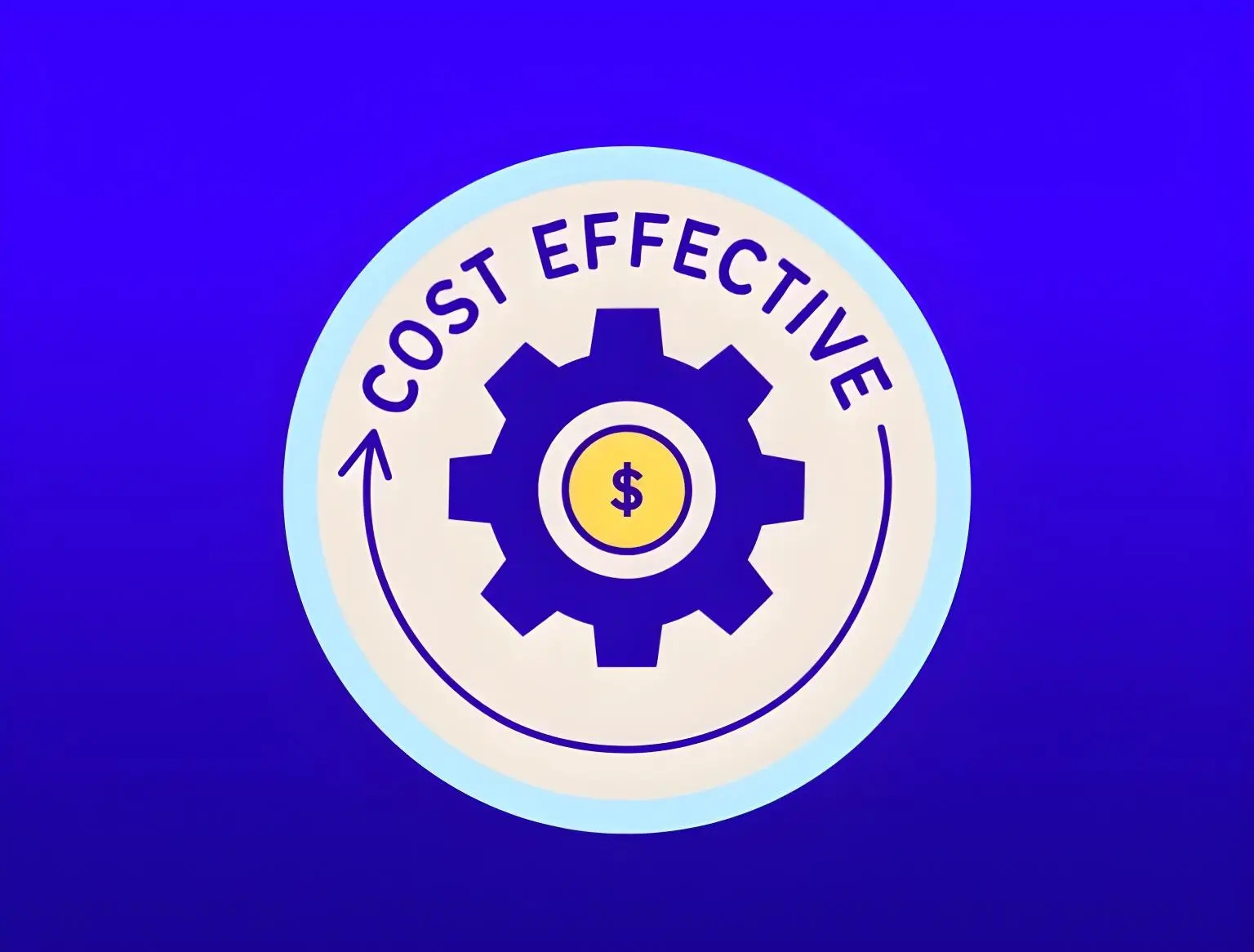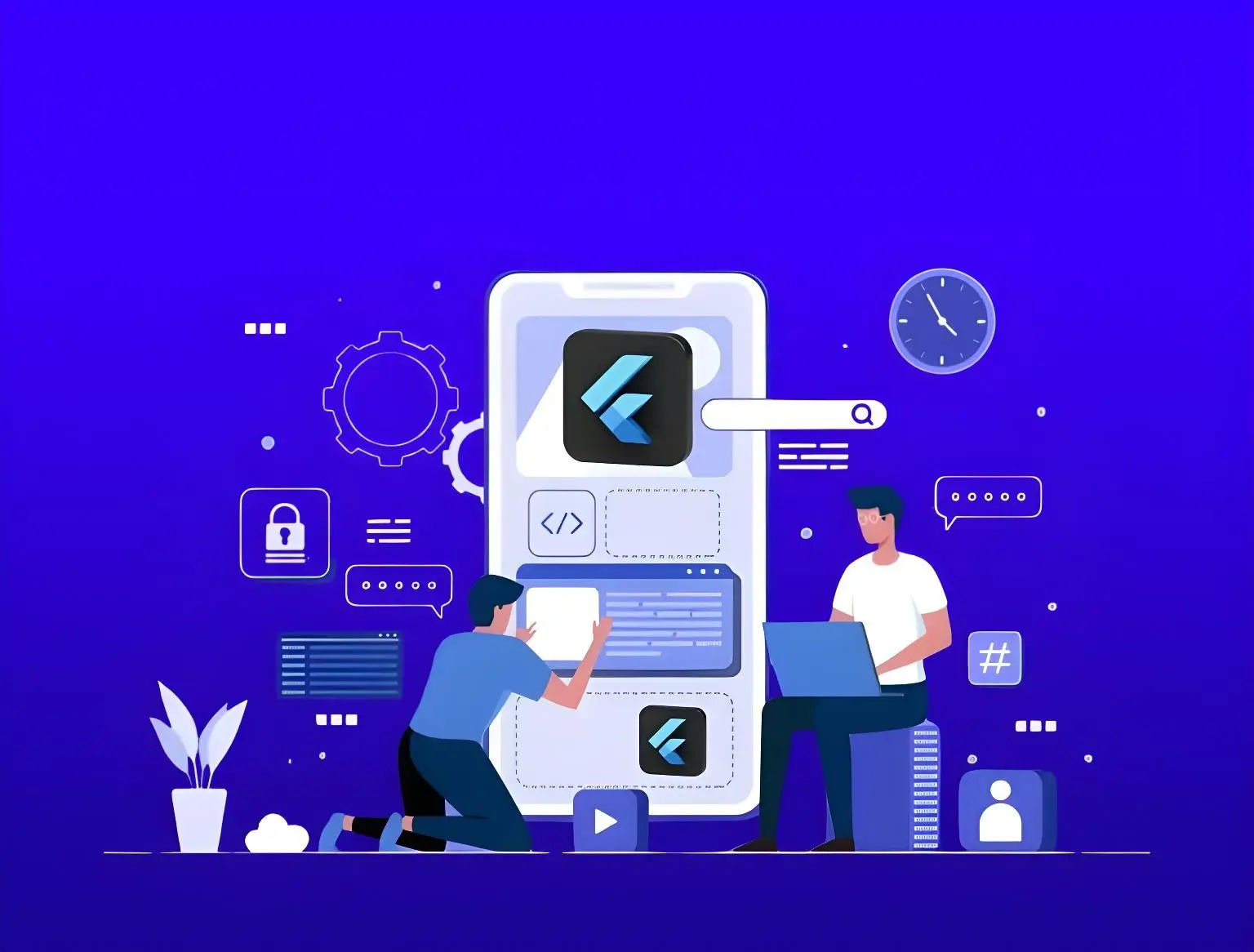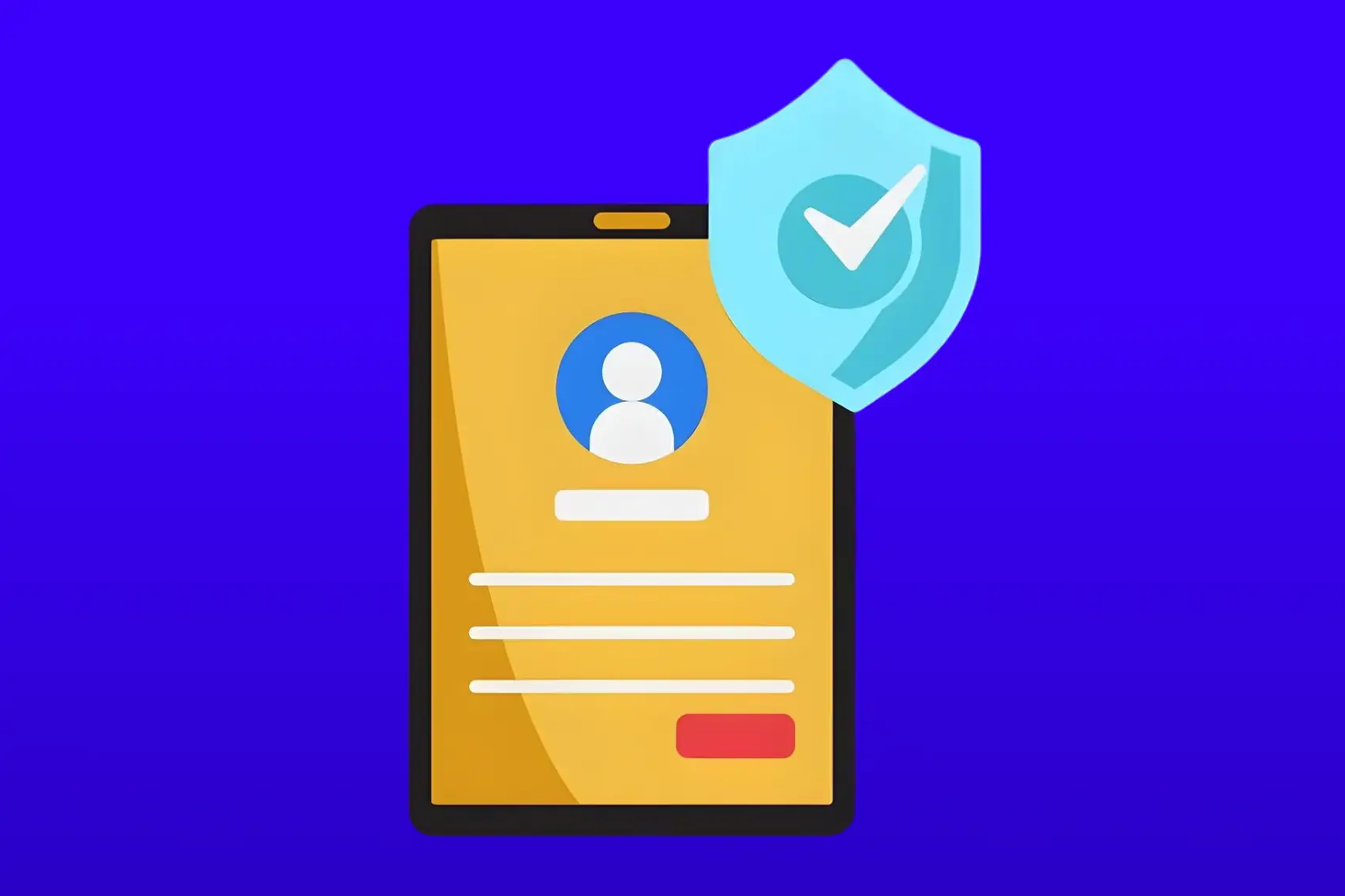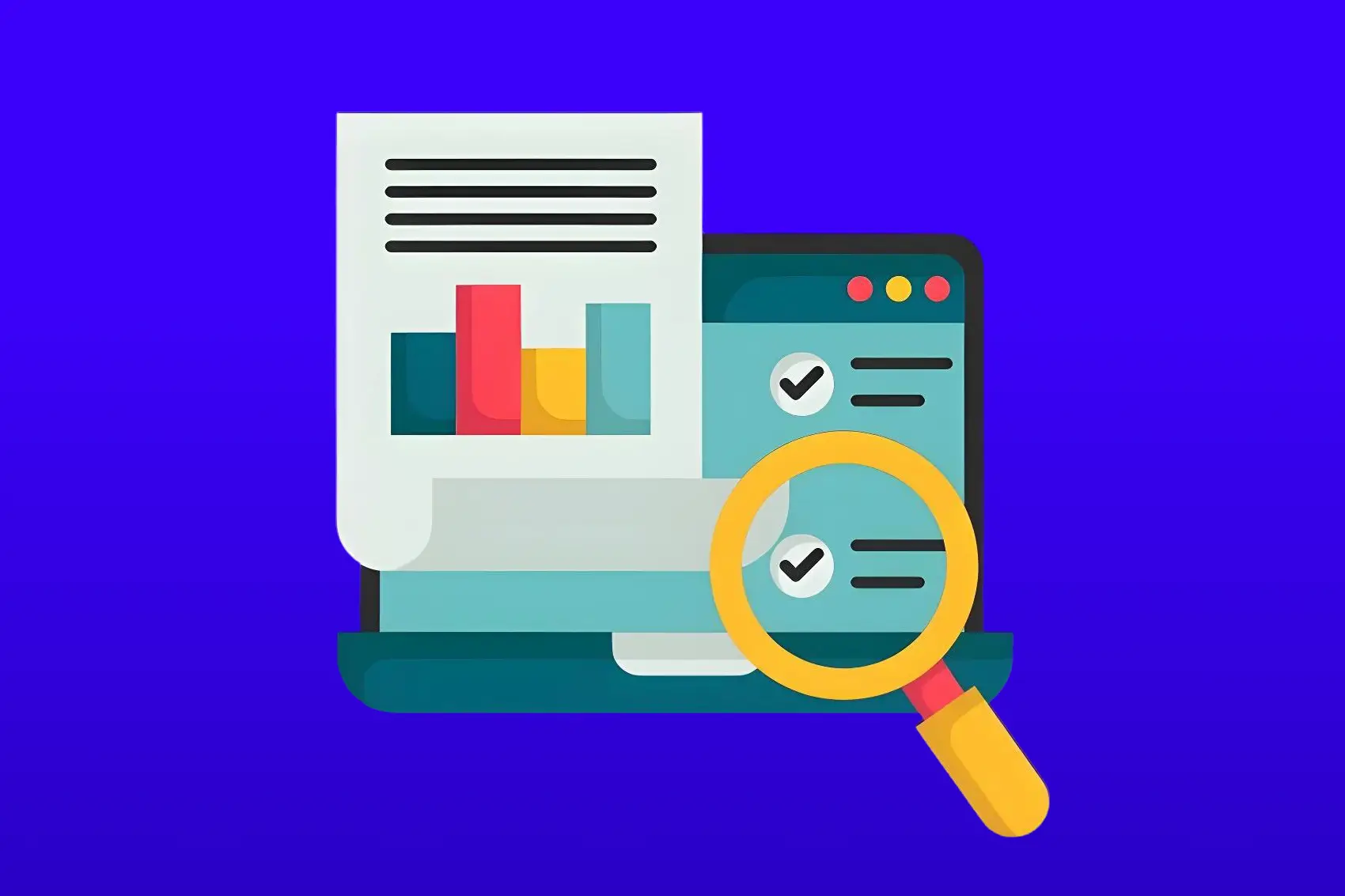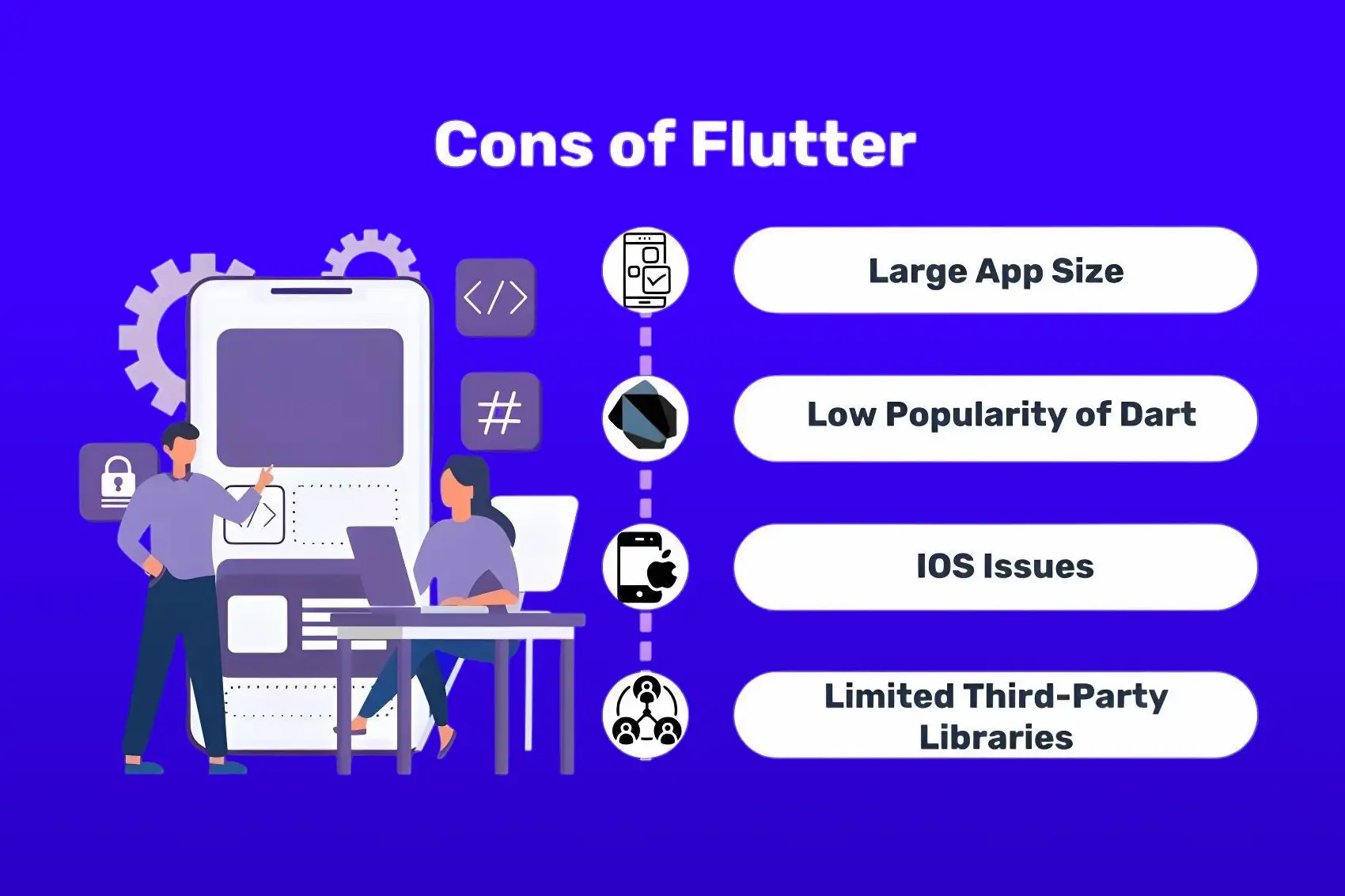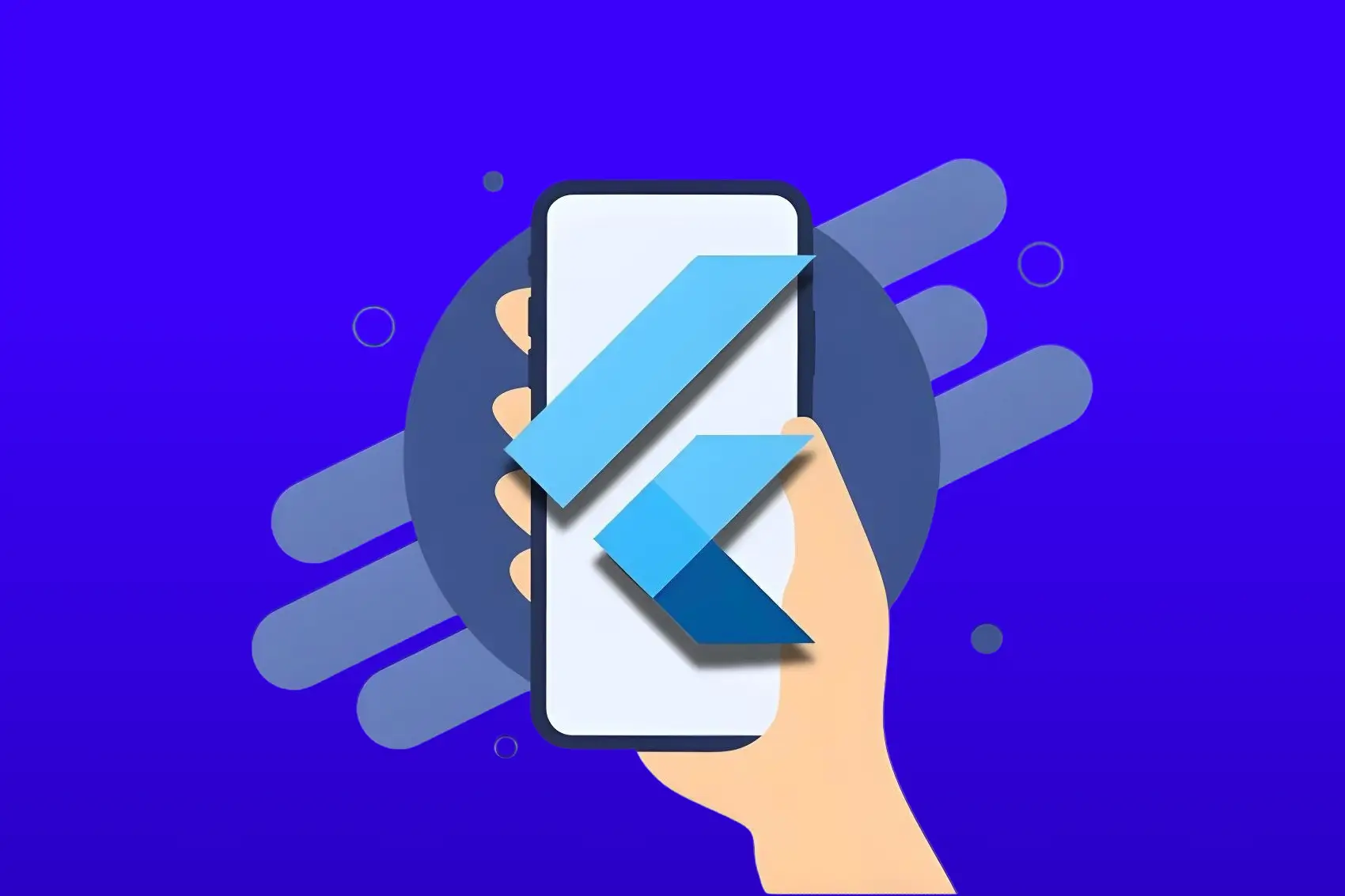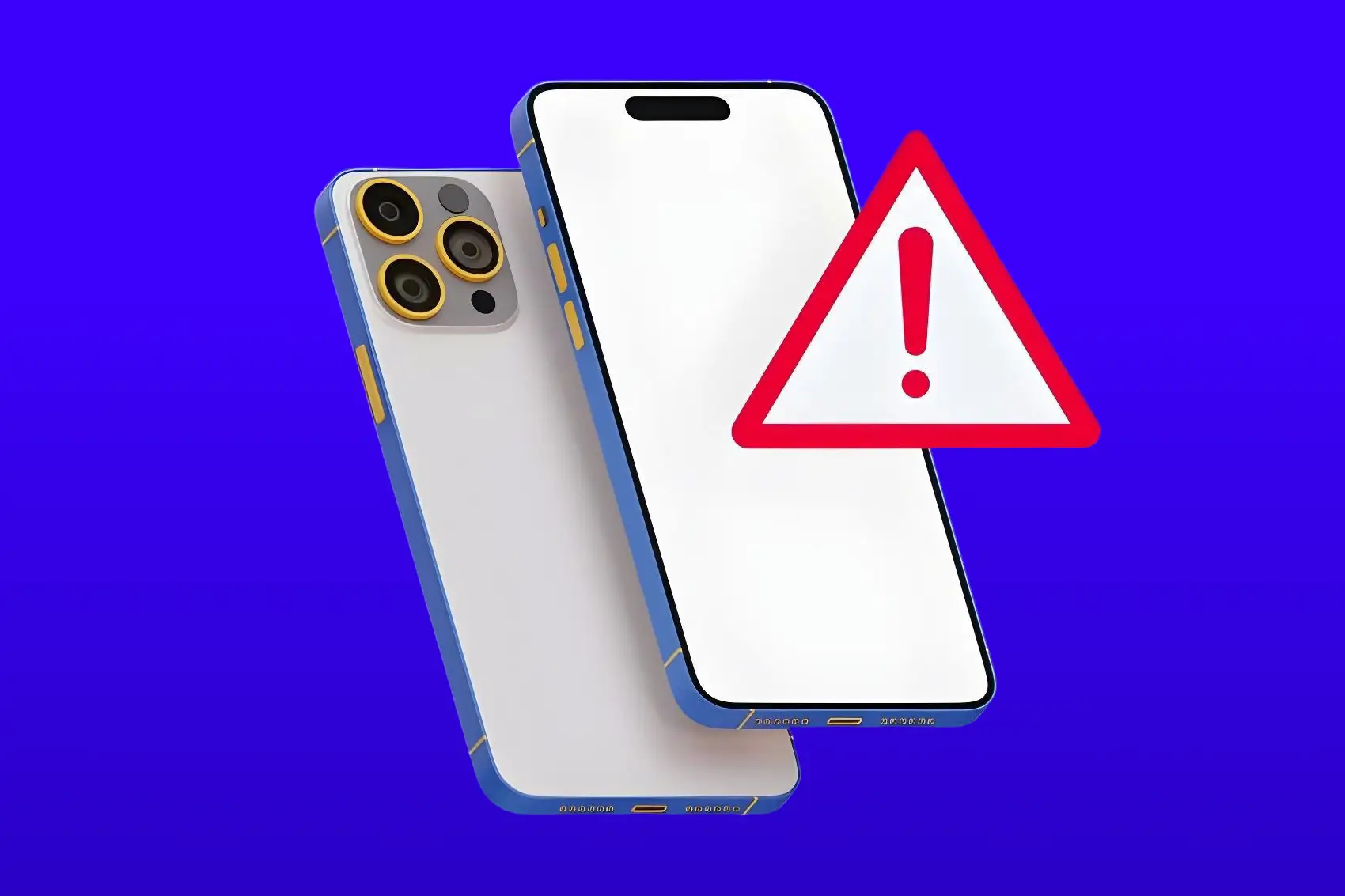Flutter is the buzz in the cross-platform app development market today but understanding the pros and cons of Flutter is essential for making an informed choice. Known for its rapid development speed and ability to create high-quality, responsive apps with a single codebase, Flutter powers apps for companies like Google and Alibaba on both iOS and Android platforms. This innovative framework is widely embraced by developers, including Elite IT Team, for its simplicity and efficiency. However, like any technology, Flutter has a few drawbacks, such as larger app sizes and limited native components, which can affect certain projects.
For companies exploring mobile app development solutions, Flutter offers a unique, effective option for building powerful cross-platform applications. Flutter is now one of the most popular frameworks for mobile app development. But is it the right choice for your project, and what potential drawbacks should you consider? Lets learn below!



